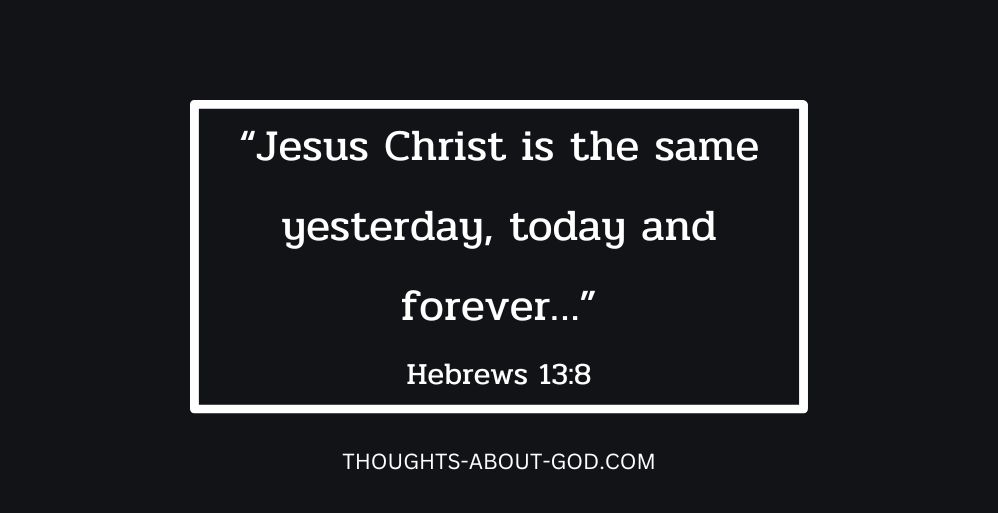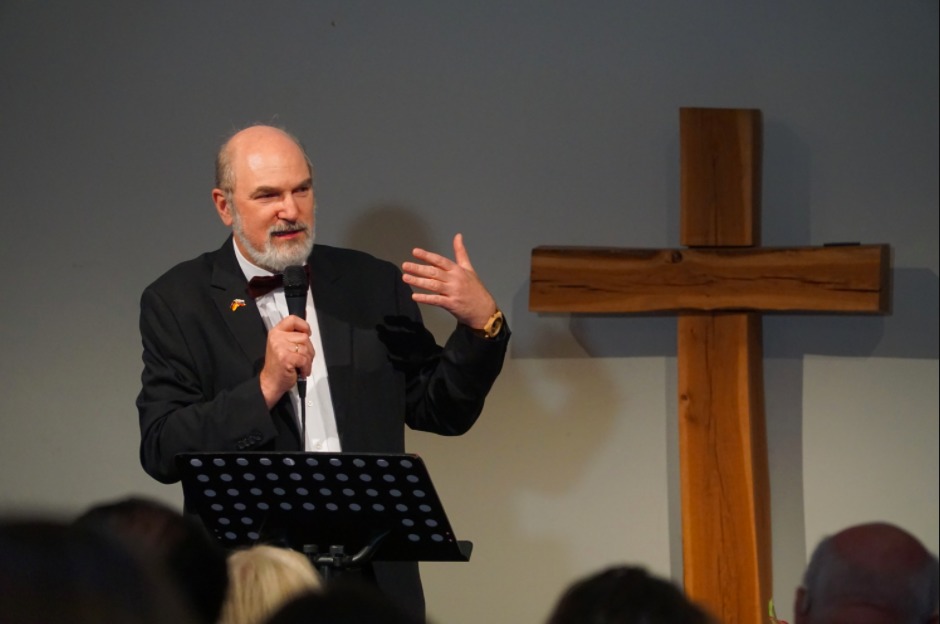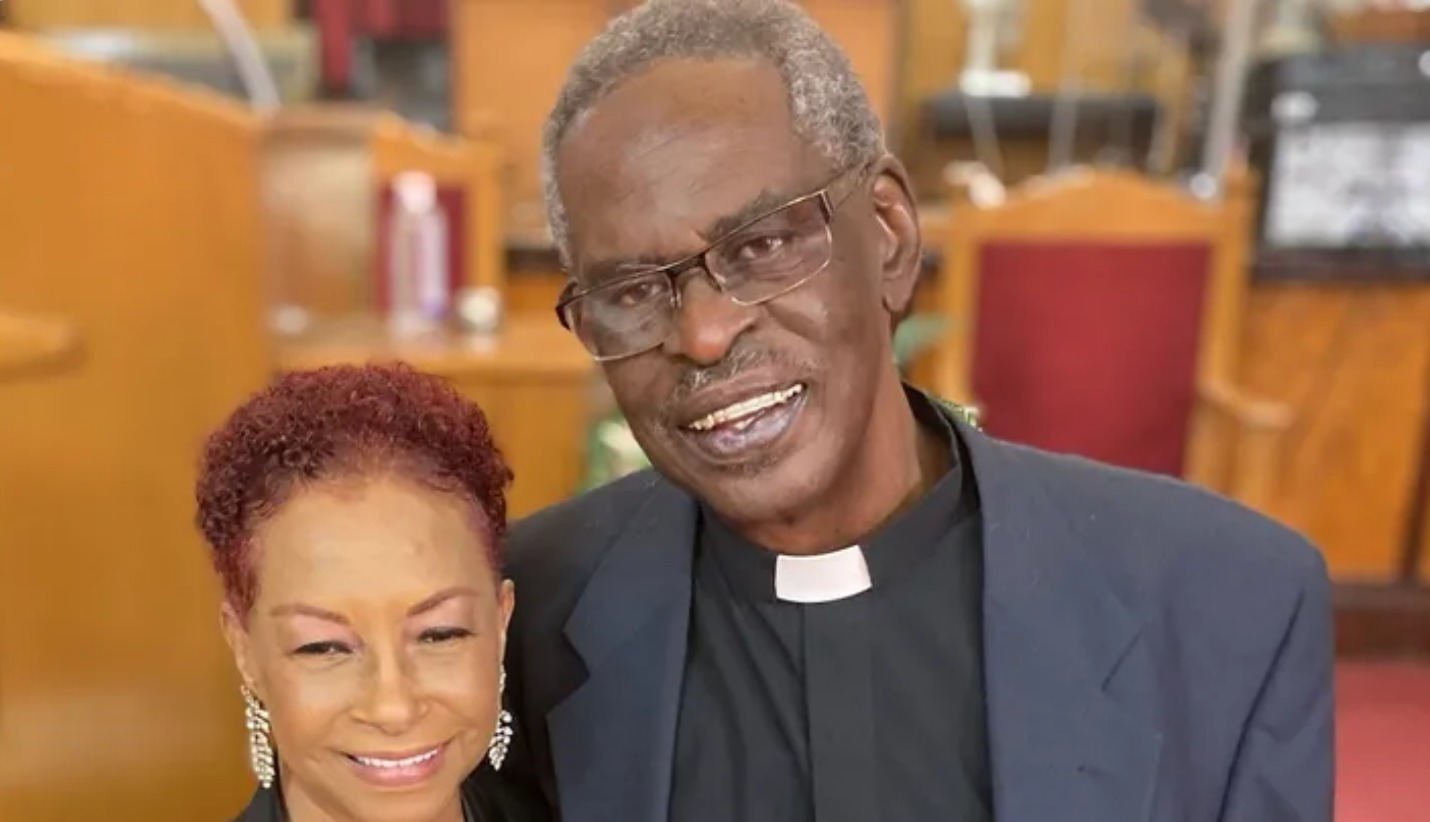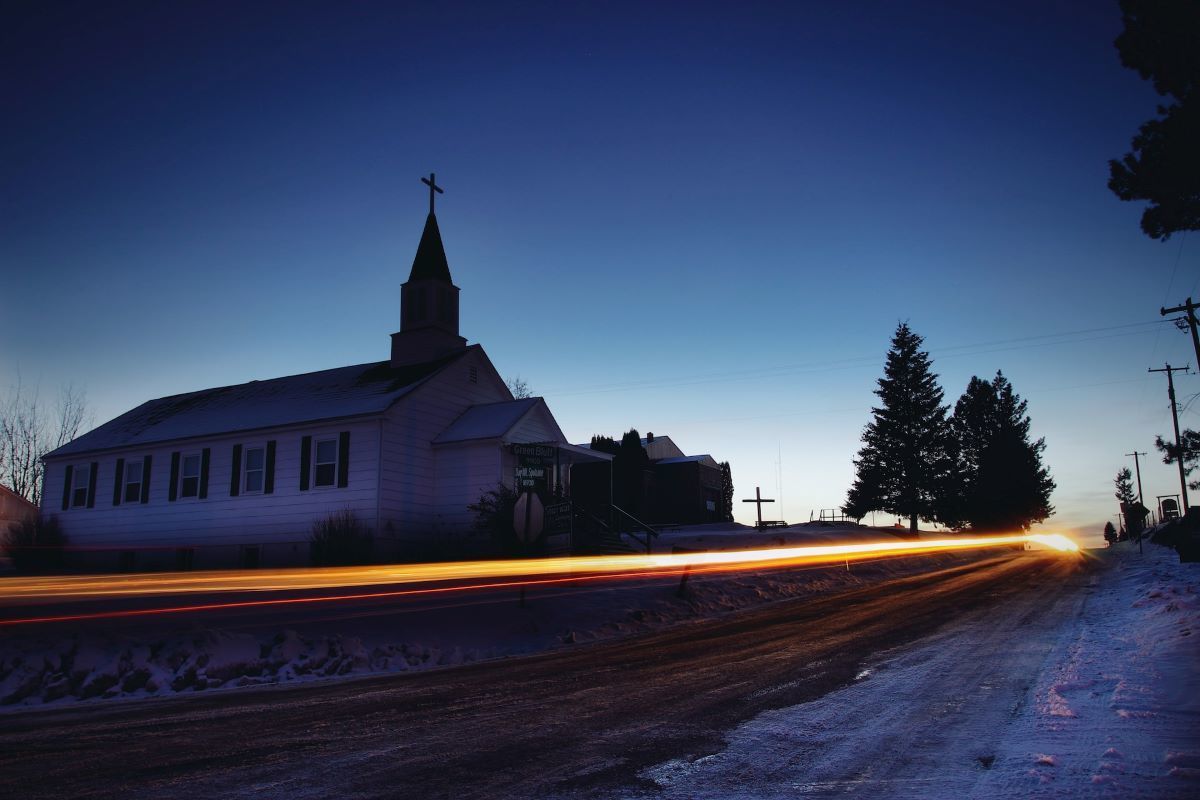
Neighborhood churches tend to be small or midsize and well-established. For years, we have dismissed the potential for a significant move of God in these churches. I believe they are primed for a comeback. They are numerous, and they are located in the heart of places with lots of people.
I believe in this comeback so much that I wrote a book about it. The Surprising Return of the Neighborhood Church just released! If you lead or attend a neighborhood church or want to know more about this potential movement, you can pick up a copy now. I wish I could write that these churches will make a comeback, but it’s still an unrealized possibility. But what might it look like if such a comeback were to occur?
The stigma must become the advantage
Some have bemoaned the “on every street corner” nature of the established church. I understand. It seems there are churches everywhere that are doing nothing. But a shift is already underway. The megachurch movement is waning. The younger generations don’t prefer the giant sanctuaries on sprawling campuses that their Boomer parents enjoyed. The neighborhood church has a long way to go before we can talk about a movement, but the stigma of small and local is fading. Smaller churches embedded in neighborhoods have a certain appeal. If these churches step up and begin to reach into their surrounding communities, that stigma might shift to an advantage.
Church fostering must become more common
We understand the term fostering in connection with children being placed with a family. It differs from adoption in that it’s not intended to be permanent. Similarly, a new movement called fostering is emerging in the world of church revitalization, as healthy churches provide people and other resources for unhealthy churches over a specified time frame — usually six months to a year. In many cases, the fostering relationship involves sending in a preacher, improving the worship ministry, and restarting programming for children. The most successful fostering relationships also include outreach into the surrounding neighborhood.
Local pastors must work together for the Kingdom
In too many communities, pastors treat their church campuses like islands instead of as interconnected outposts in a Kingdom network. Pastors need to get off their islands and befriend other pastors. When pastors in a community become friends, tenures become longer, and churches stop competing and start cooperating. The comeback of neighborhood churches will hit its stride when the pastors spend more energy working together than trying to compete.
Congregants must expect growth and invite guests
Like Jupiter and Saturn compared to Mercury and Mars, larger churches have a greater gravitational pull than smaller churches. People who are new to a community or looking for a church are likely to visit the largest church in the area, even if they don’t anticipate joining. Larger churches will attract more guests. These churches expect to grow and anticipate having new people every Sunday.
Many, if not most, smaller neighborhood churches do not have a culture or expectation of growth. And when you don’t anticipate guests or invite people to church, it becomes a self-fulfilling prophecy. Many smaller churches remain small because the people there do not desire or expect growth. This entrenched mentality creates an unhealthy comfort with smallness and even ambivalence toward any new people who might upset the comfortable environment. When neighborhood churches make a comeback, it is often preceded by a cultural shift in the church — when the people start inviting others and expecting guests.
Community revitalization must become part of the mission
Revitalizing the church should include revitalizing the community. The way to better church health is through outward movement, not inward focus. Imagine a movement of neighborhood churches, each revitalizing a one-mile radius around their campuses. It would change the nation!
Selfless service must replace selfish preferences
In Mark 10:35-40, when James and John ask Jesus to give them the highest places of honor in the Kingdom, he tells them they have no idea what they’re asking. Greatness in God’s kingdom comes through sacrifice and service. How did Jesus serve? He gave his life! Selfish preferences are the death of selfless service. When you place your personal desires above another person’s salvation, you are putting the mission of the Church in great peril. Neighborhood churches will come back when the members elevate service above preference. A revitalized church will have more going and telling and less griping and yelling.
The church culture bubble must pop
The insular church culture bubble will pop when your church pushes outward with the Gospel. The church was never designed to be a shield protecting Christians from the world in a bubble of safety. The church is a vehicle engineered by God to take people into the darkest corners of the neighborhood. It’s called the Great Commission, not the Great Avoidance. Gospel obedience compels us to go to the outcasts, the lowly, and the neglected. If you’re not willing to sit down with a homeless addict and share the Gospel because of how he or she looks and smells, then we don’t believe the same Gospel. Jesus doesn’t call us to serve the most deserving, but he does call us to serve the most desperate.
The campus must become a neighborhood hub
Church facilities are one of the most expensive, yet vital, tools church leaders use to shepherd God’s people. In a North American context, buildings are important to God’s mission of expanding His Kingdom. Making the church building the locus of the community should be a priority for church leaders. From a practical standpoint, the church building should be the place where the local community congregates. Uninviting church buildings make it difficult for church members to invite their friends and family to worship with them.
It’s time for the neighborhood church to make a comeback. The stigma of small churches is fading. Fostering is becoming more common. Pastors should feel free to leave the islands of their campuses and make friends. The opportunity to revitalize neighborhoods is as big as ever. The neighborhood church movement is primed for a relaunch.
Originally published at Church Answers.
Sam Rainer is president of Church Answers and pastor at West Bradenton Baptist Church in Florida.
Free Religious Freedom Updates
Join thousands of others to get the FREEDOM POST newsletter for free, sent twice a week from The Christian Post.




























![[Video] More – Aghogho » GospelHotspot](https://gospelhotspot.net/wp-content/uploads/2024/04/More-Aghogho.jpeg)
















